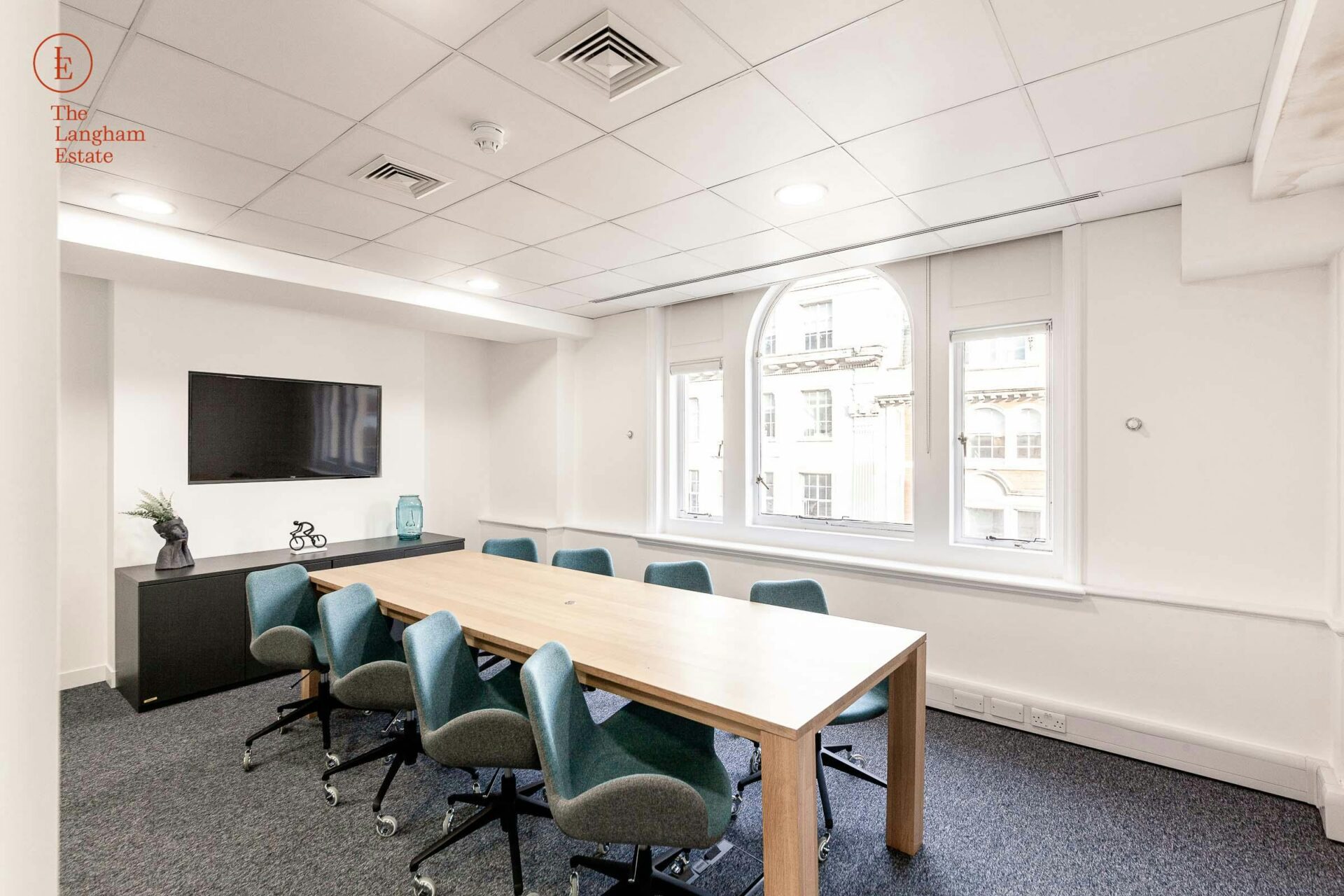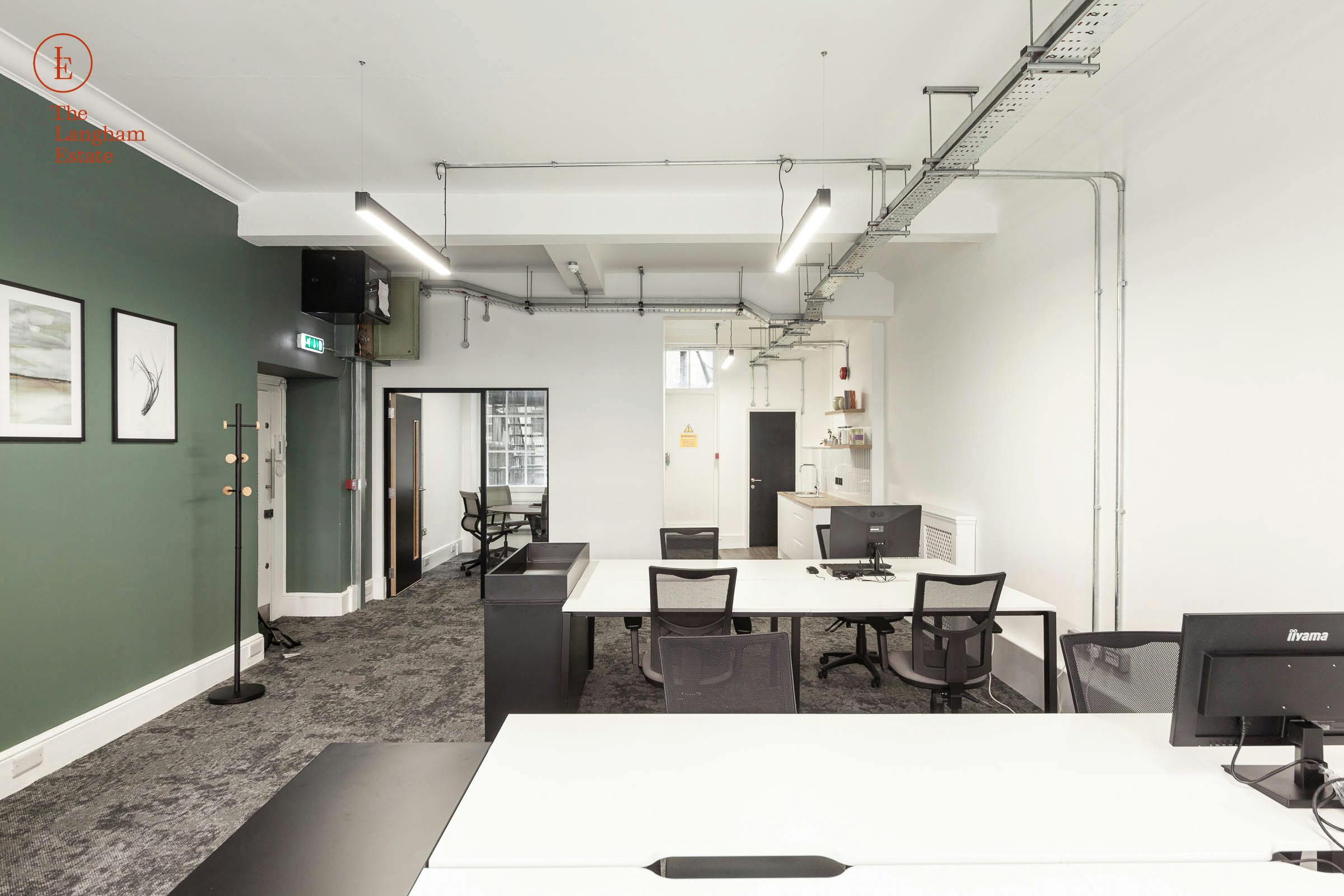Satellite offices: Should you go for this decentralised office setup?

If you have been following flexible working trends, chances are you have heard of or even witnessed the rise of satellite offices. This workplace arrangement is common with companies that want to reduce the employee headcount in the main office, mostly because they want to take services closer to consumers and cut operational costs. But what exactly is a satellite office, and is it even an option for your business?
What is a satellite office?
As the name suggests, a satellite office is physically separated from the main office but still interconnected in terms of operations and service delivery. You can think of it as a branch office located in a nearby town, city, country, or even on a different continent.
There are many reasons why businesses are choosing satellite offices, especially in the age of a decentralised workforce. One is the convenience it offers employees who want to reduce commute time and cost. Some companies also prefer having fewer, more specialised employees in the main office, while the rest of the business operations are far from the main office.
Depending on the specific business needs, most companies have the option to modify how their satellite offices operate. For instance, if most of the employees work remotely, the satellite office may serve as a shared office space or a hybrid office (1) that caters to the needs of remote and in-person workers. Here is where the key differences between satellite offices vs branch offices become clear, as the former becomes more flexible.

What are satellite offices’ benefits?
Businesses that choose to embrace satellite offices do so because it offers many benefits. At first, this concept was mostly used to achieve coverage in a specific region or area, but it has evolved to become a key strategy for bottom-line success. Here is why you would want to consider satellite offices:
Use it to expand your business
If the main office does not serve the majority of your customer base, a satellite office can be a great tool for bringing services closer to them. The goal goes beyond regional office expansion to creating connections and customer touch points that are as authentic as the customers and employees on the ground.
Cut on operational costs
Out-of-town offices are considerably cheaper than those within the cities and major towns. By opening satellite offices in strategic areas, you lower the cost of operations. Key costs like rent and utilities and expenses on employee benefits (especially fixed costs like housing allowances) are drastically reduced.
Boost employees’ work-life balance
Employees love shorter commutes and flexible working, which are possible with satellite offices. Offices in less busy towns also give employees better working conditions due to reduced air pollution and a more relaxed pace of life.
Read more: What does a flexible office look like? (2)
Talent acquisition and customer service improvements
When businesses go down to where customers are, they integrate deeply into the local network. This often results in improved customer support services due to easy accessibility and reduced language and cultural barriers. Attracting diverse and top talents within that particular area also becomes easier.
Key steps to setting up a satellite office
Before enjoying the satellite office benefits discussed above, you need to be strategic in implementing the satellite office operations. Here are some things to keep in mind before making satellite offices a part of your business strategy:
Do you want to expand your business?
The need to expand your business often means that your customer base is growing, and you want to make the products or services more accessible to those consumers. A physical presence in a given geography is often a good move if you already have customers waiting for you there. So before setting up a satellite office, think through the kind of workspaces to build, employees to transfer or hire, and the impact this will have on your finances and day-to-day operations.
Which is your ideal location?
The idea of penetrating a new market sounds interesting, but you must first weigh the options. Why should you pick location X and not town Y? What are the opportunity costs and the risks of making a wrong move? For most companies, the perfect location is one with an existing market and where employees are eager to move.
See more: 6 factors affecting a business location you can’t afford to ignore (3)
How can you manage legal, tax and HR requirements?
Multi-location business operations are often associated with complex tax and HR requirements. This is especially true if the offices are spread in different regions with varying tax laws, worker union laws, and other government regulations. Before making up your mind, consider how these factors add up, how to mitigate risks, and whether a satellite office is still beneficial in the short, medium, and long term.
How will you handle communications across the physically distant teams?
Just because you are physically distant does not mean the operations are disconnected. Most satellite office setups need to communicate in real-time with employees in various offices. This requires a solid communication system with robust security measures, preferably one connected to the cloud.
Future trends in satellite offices
As the satellite office setup matures, many businesses adapt this decentralised office arrangement to suit their unique needs. Companies experimenting with offshore office setups often use satellite offices to taste the waters. This is because they are flexible and can accommodate any budget.
Employee well-being and corporate growth are other factors making satellite offices a worthwhile option for businesses. The model’s flexible infrastructure and the ability to test your business scalability on the go are further propelling the popularity of satellite office setups.
Looking into the future, the growth of hybrid and remote work models will see the rise of remote satellite offices. Here, employees in a given locality can join co-working or shared office spaces and enjoy flexible in-person and remote working from the home offices. The ongoing wave of digital transformation also impacts satellite offices in many ways. First, security needs to be strengthened to keep the bad actors out of the system. Similarly, satellite offices need to speed up cloud adoption to eliminate operational bottlenecks.
In this article:
(1) How to design a hybrid office that works for everyone
(2) What does a flexible office look like?
(3) 6 factors affecting a business location you can’t afford to ignore

The Langham Estate is perfect for growing companies or satellite teams
The Langham Estate includes over 100 buildings, meaning once you’re in, it’s easy to move to a bigger or smaller unit as your business changes.
Staying within the same landlord’s portfolio avoids the disruption of switching providers.
The Langham Estate includes over 100 buildings, meaning once you’re in, it’s easy to move to a bigger or smaller unit as your business changes.
Staying within the same landlord’s portfolio avoids the disruption of switching providers.